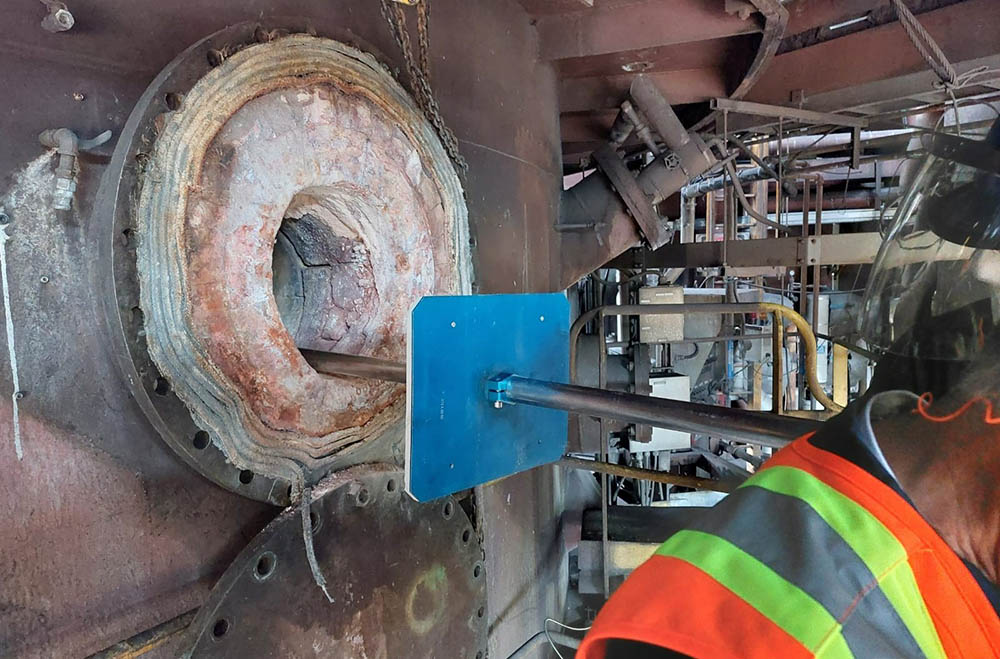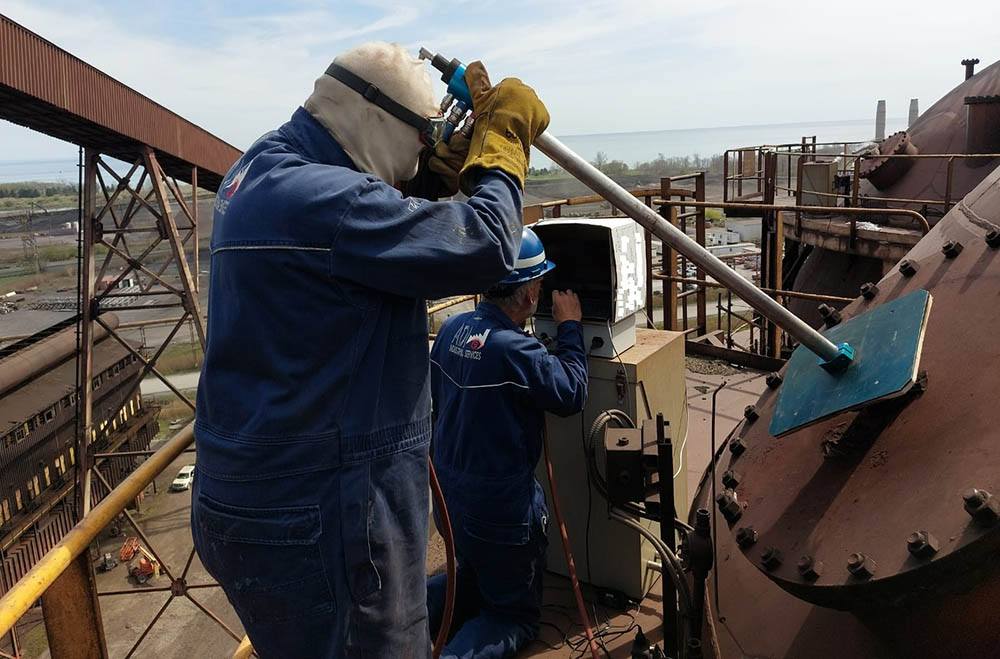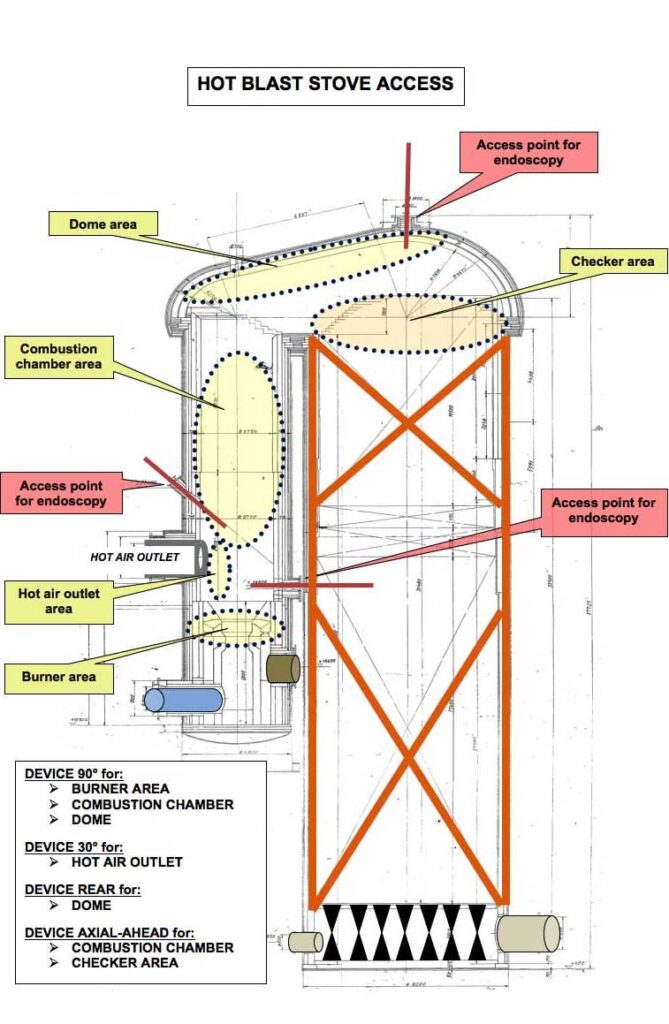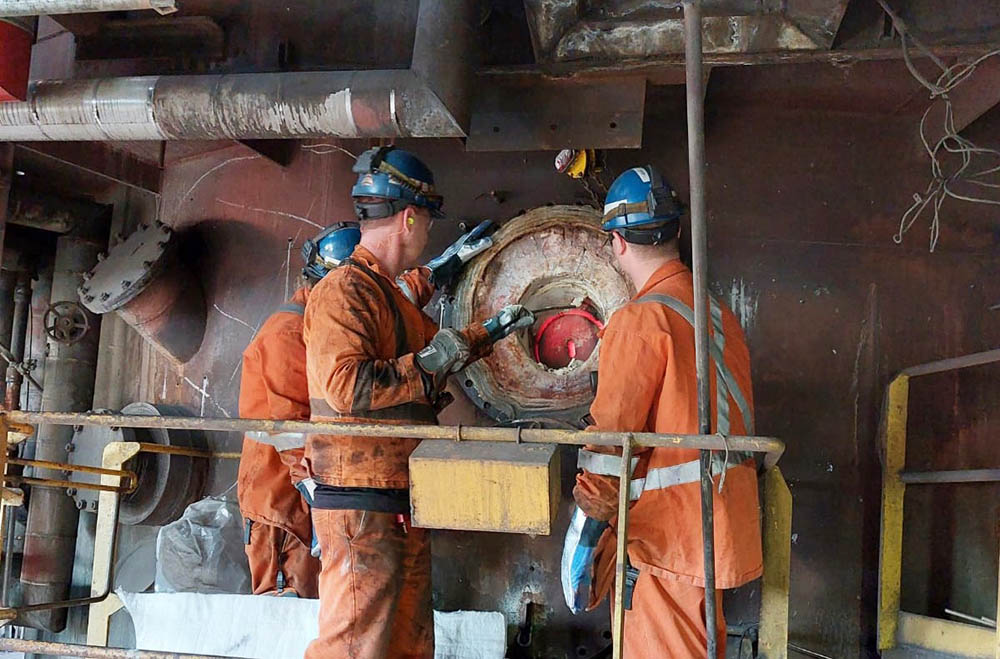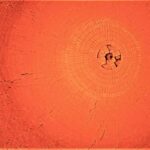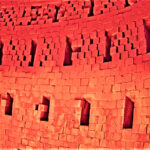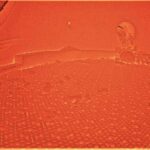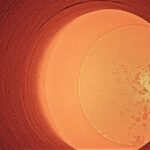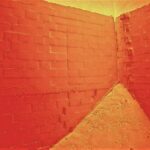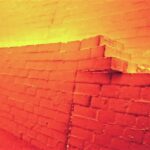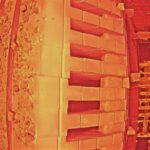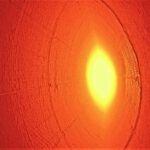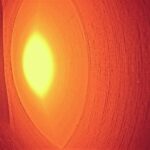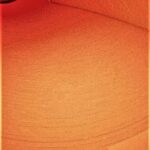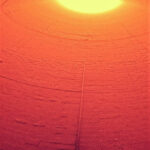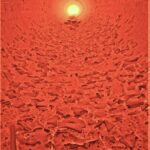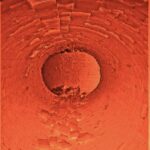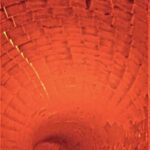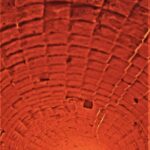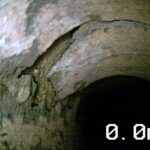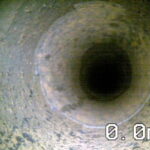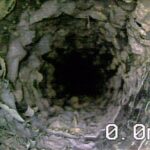ADI-IS designs and manufactures its own endoscopic devices enabling an appropriate technical answer to specific needs.
INDUSTRY CHALLENGES FOR HOT BLAST AIR CIRCUIT
Efficient uninterrupted operations of hot blast air supply to the blast furnace -> RELIABILITY
SStable process conditions avoiding fluctuations since there is no room for mistakes -> CONSISTENCY
Low costs operations and down time minimization -> RETURN ON INVESTMENT
Energy efficiency -> LOW EMISSIONS
SOME (VERY) GOOD REASONS TO PERFORM ENDOSCOPY WITH ADI-INDUSTRIAL SERVICE
COOLING ELEMENTS
Efficient cooling staves are aiming to balance the thermal load and associated wear of the inner refractory lining of the furnace, and consequently to protect the shell. The efficiency of the cooling systems of a BF plays a key role in an extended campaign life of a BF and hence the operating costs. Cooling staves are subject to significant thermal loads changes which may lead to stave failures due to cracks, water leakage, bending, abrasion and resultant wear. The pictures, recorded during endoscopic inspection, show how lime scales can damage the inner part of the water piping, leading to poor cooling, wear and possible water leakage.
REFERENCES











